Πηγή: http://www.moma.org/explore/inside_out/2015/02/27/five-for-friday-how-is-this-art-or-what-i-learned-from-conceptual-art
When you visit a modern art museum it can be easy to find yourself looking at a blank white canvas or a pile of bricks and wonder, “How is this art? Shouldn’t art be about something?” The problem of appreciating art is not limited to casual viewers. As an artist and employee at MoMA, I too can find it tough to relate to certain artworks. But the good news is that we can do more than just throw up our hands and ask for our money back. With a bit of imagination, we can make up our own ideas about an artwork and those stories may end up having more meaning to us than any art historical analysis.
I decided to ignore all the wall labels and history books and challenge myself to find personal meaning in five frustratingly hard-to-relate-to works in the Minimalism and Conceptual art galleries on MoMA’s fourth floor. Below are my impressions, but feel to share some of your own interpretations in the comments section.
Chill Out and Dream
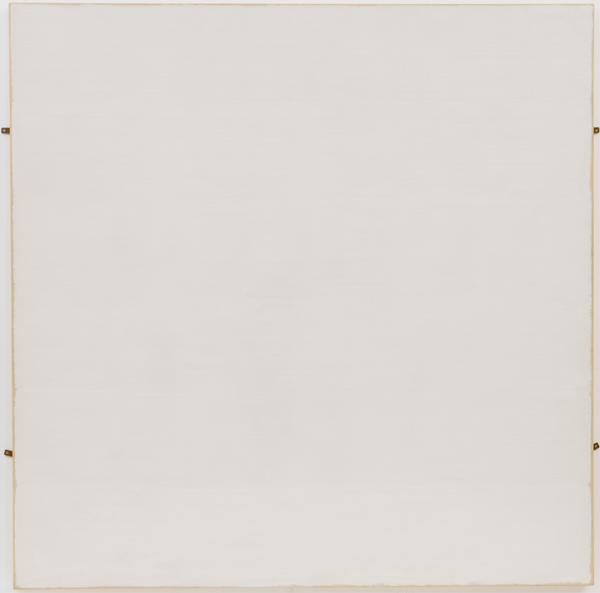
Robert Ryman. Twin. 1966
Sometimes I pretend I’m the artist and ask myself, “What would I need to be feeling to make this?” A nearly all-white painting may be advocating that there isn’t an image that I’m in need of, but rather a lack of an image that I need most. Maybe this white painting is a reflection of my overbooked schedule and a longing for a life that’s a little less cluttered, a little calmer, and one that has plenty of space for my own imagination.

Robert Ryman. Twin. 1966
Sometimes I pretend I’m the artist and ask myself, “What would I need to be feeling to make this?” A nearly all-white painting may be advocating that there isn’t an image that I’m in need of, but rather a lack of an image that I need most. Maybe this white painting is a reflection of my overbooked schedule and a longing for a life that’s a little less cluttered, a little calmer, and one that has plenty of space for my own imagination.
Keep It Simple
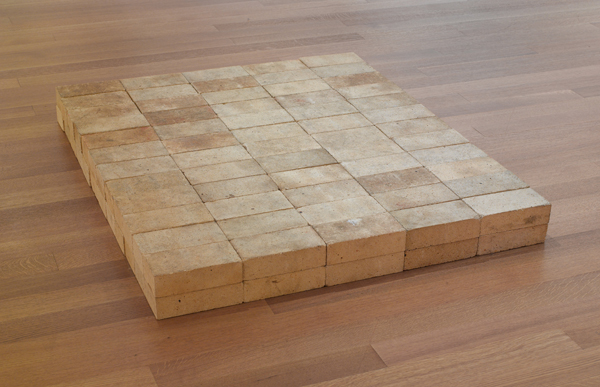
Carl Andre. Equivalent V. 1966–69
Why is this sculpture on the floor? Aren’t sculptures typically on pedestals? Ironically, the reason this pretentious looking sculpture is on the floor may suggest that art should be less pretentious and a bit more grounded. Okay, but why are the bricks neatly organized in the most boring way possible? If it’s not a prank on the viewer, then what is the message? Well, the sculpture reminds me of a building but with no mortar, windows, arches, or walls. Maybe it’s all about purity: no pedestal, no construction, no frills, just the most simple version of something with only the basic building blocks left on view. It may just be about keeping things simple.
Appreciate the Overlooked
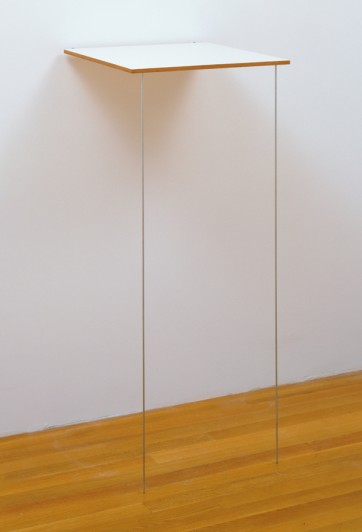
Robert Ryman. Pace. 1984
This work is especially baffling. A board with two strings—Why? The board doesn’t look sturdy, the sting doesn’t seem strong, and there isn’t any color or form. It just seems to be outlining empty space from the floor to the board and from the wall to the strings. Maybe highlighting that particular bit of air is the point? It’s not so unusual to appreciate the size of a room or the proportions of a table. Maybe that bit of space is something to appreciate.

Carl Andre. Equivalent V. 1966–69
Why is this sculpture on the floor? Aren’t sculptures typically on pedestals? Ironically, the reason this pretentious looking sculpture is on the floor may suggest that art should be less pretentious and a bit more grounded. Okay, but why are the bricks neatly organized in the most boring way possible? If it’s not a prank on the viewer, then what is the message? Well, the sculpture reminds me of a building but with no mortar, windows, arches, or walls. Maybe it’s all about purity: no pedestal, no construction, no frills, just the most simple version of something with only the basic building blocks left on view. It may just be about keeping things simple.
Appreciate the Overlooked

Robert Ryman. Pace. 1984
This work is especially baffling. A board with two strings—Why? The board doesn’t look sturdy, the sting doesn’t seem strong, and there isn’t any color or form. It just seems to be outlining empty space from the floor to the board and from the wall to the strings. Maybe highlighting that particular bit of air is the point? It’s not so unusual to appreciate the size of a room or the proportions of a table. Maybe that bit of space is something to appreciate.
Take Extra Care during Life’s Transitions
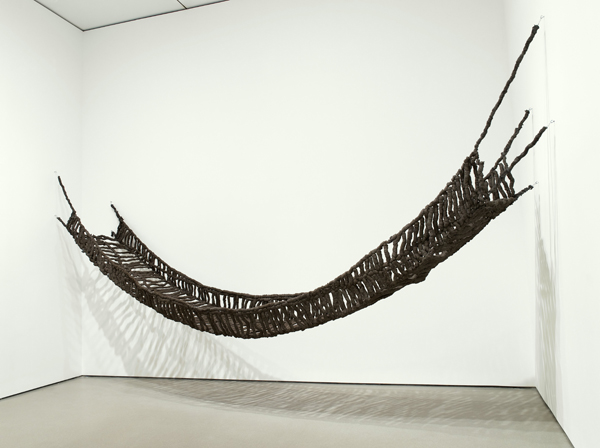
Pino Pascali. Bridge. 1968
This sculpture immediately makes me think of two contrasting things: a rickety old bridge and a soft, warm hammock. To me bridges are symbols for transitions, and hammocks are symbols of love and comfort. It’s a reminder to take the time to give myself extra love, care, and comfort when I’m making big transitions.

Pino Pascali. Bridge. 1968
This sculpture immediately makes me think of two contrasting things: a rickety old bridge and a soft, warm hammock. To me bridges are symbols for transitions, and hammocks are symbols of love and comfort. It’s a reminder to take the time to give myself extra love, care, and comfort when I’m making big transitions.
Be Silly
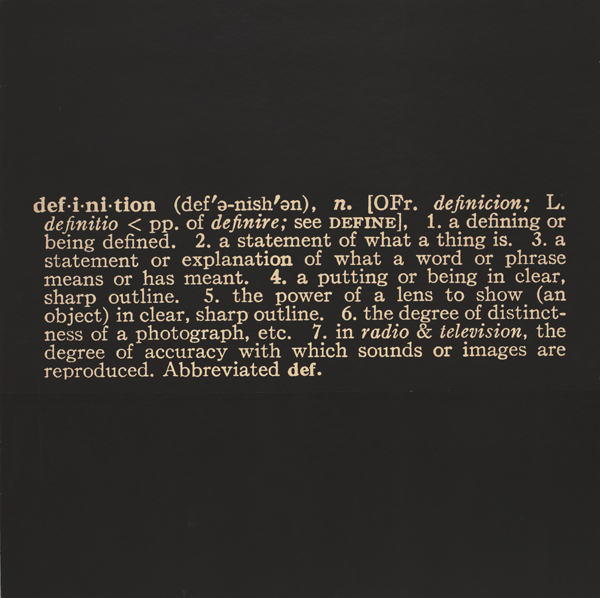
Joseph Kosuth. Titled (Art as Idea as Idea) The Word “Definition”. 1966–68
Ha! It’s a definition of a definition. That’s funny (even if the artist didn’t mean it to be funny). But isn’t art only for important, serious topics? Well, maybe it’s important to be silly sometimes.

Joseph Kosuth. Titled (Art as Idea as Idea) The Word “Definition”. 1966–68
Ha! It’s a definition of a definition. That’s funny (even if the artist didn’t mean it to be funny). But isn’t art only for important, serious topics? Well, maybe it’s important to be silly sometimes.
Δεν υπάρχουν σχόλια:
Δημοσίευση σχολίου